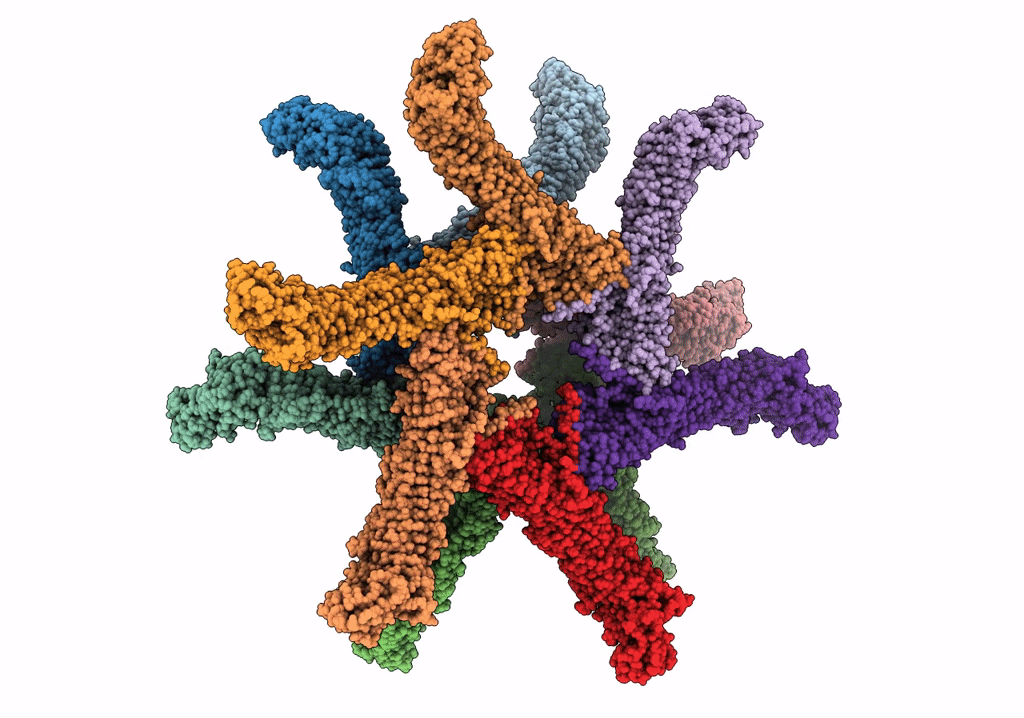
Deposition Date
2019-02-11
Release Date
2019-03-27
Last Version Date
2024-11-06
Entry Detail
PDB ID:
6NYJ
Keywords:
Title:
Helicobacter pylori Vacuolating Cytotoxin A Oligomeric Assembly 2b (OA-2b)
Biological Source:
Source Organism:
Helicobacter pylori (Taxon ID: 210)
Method Details:
Experimental Method:
Resolution:
3.20 Å
Aggregation State:
PARTICLE
Reconstruction Method:
SINGLE PARTICLE


